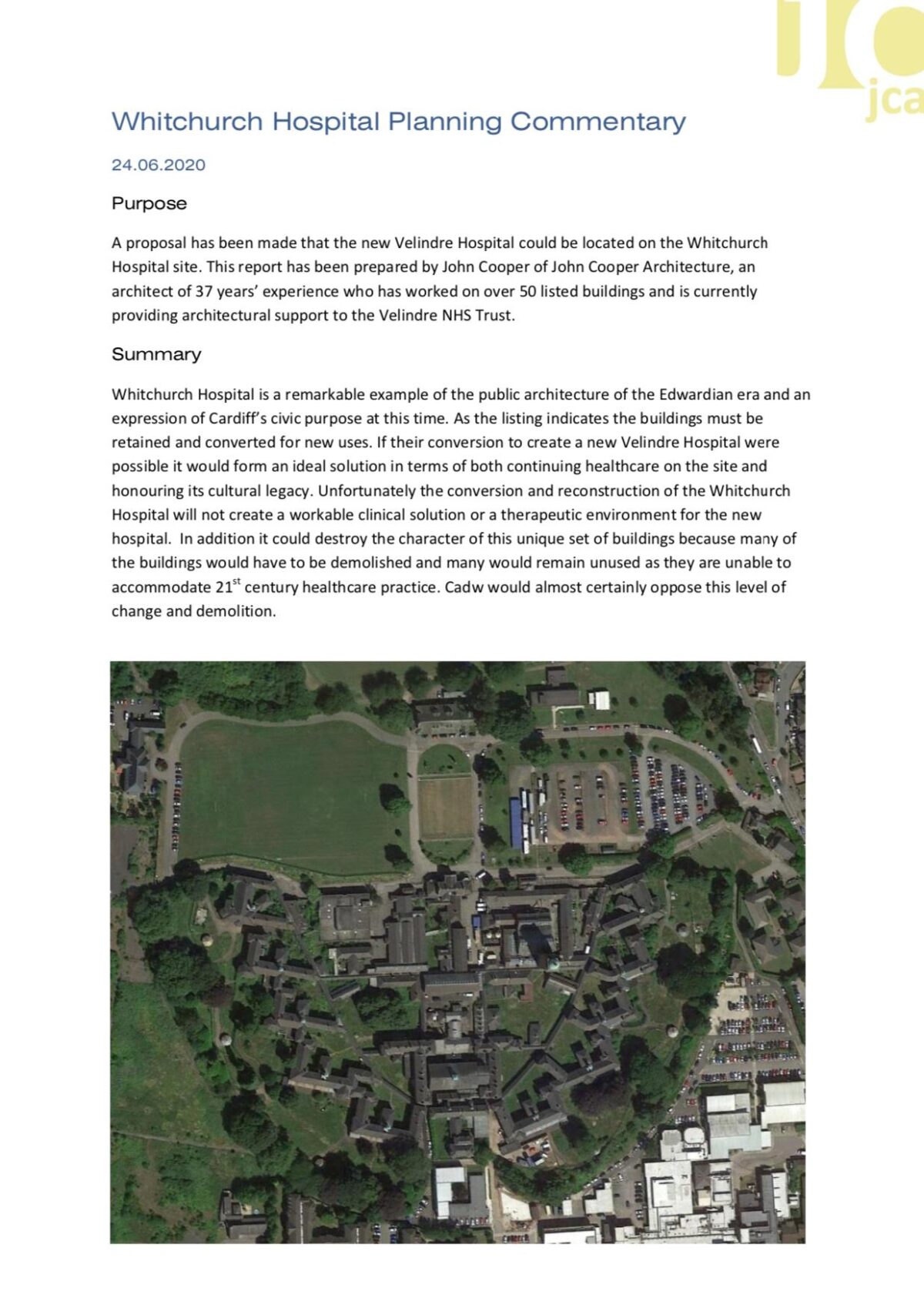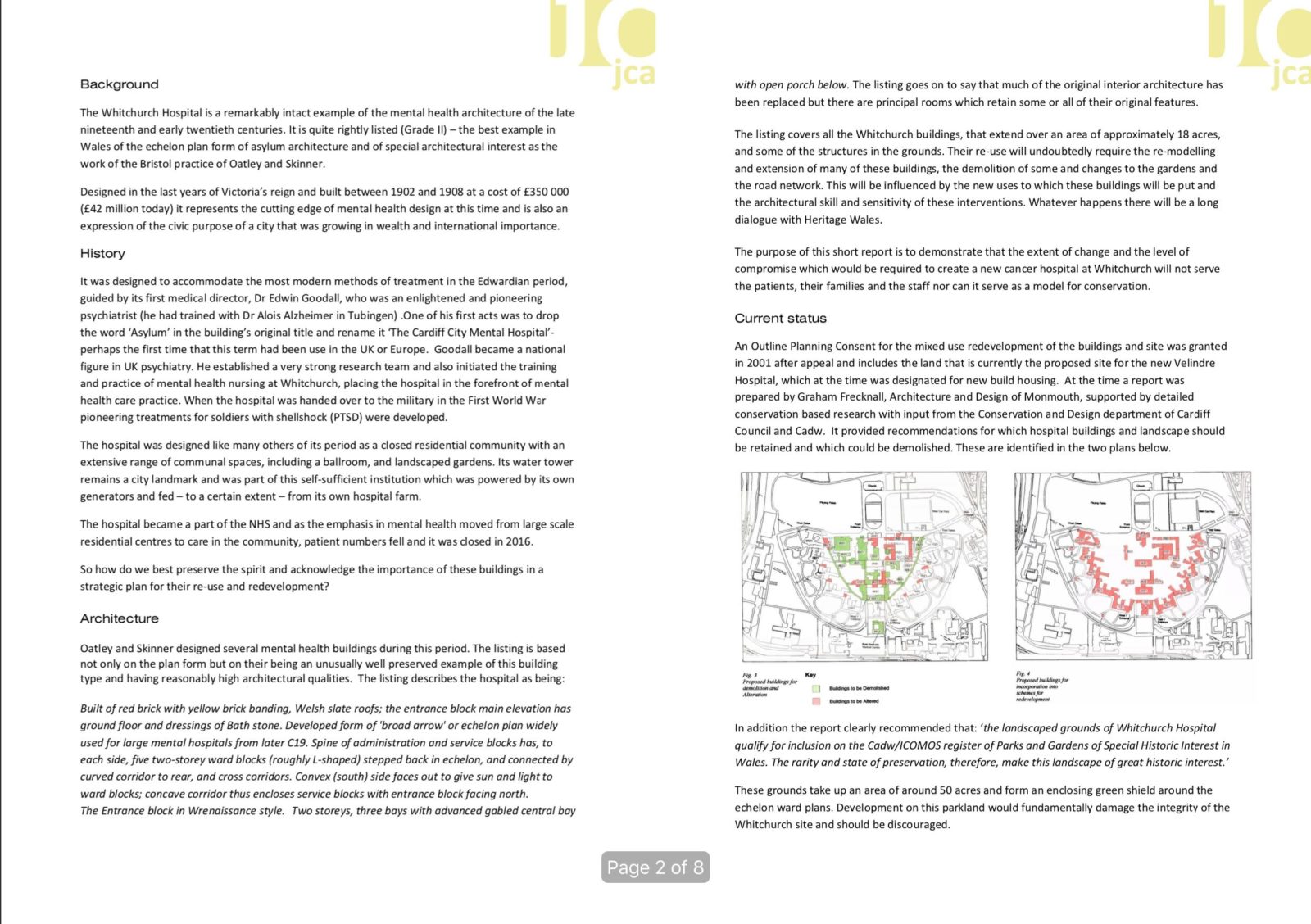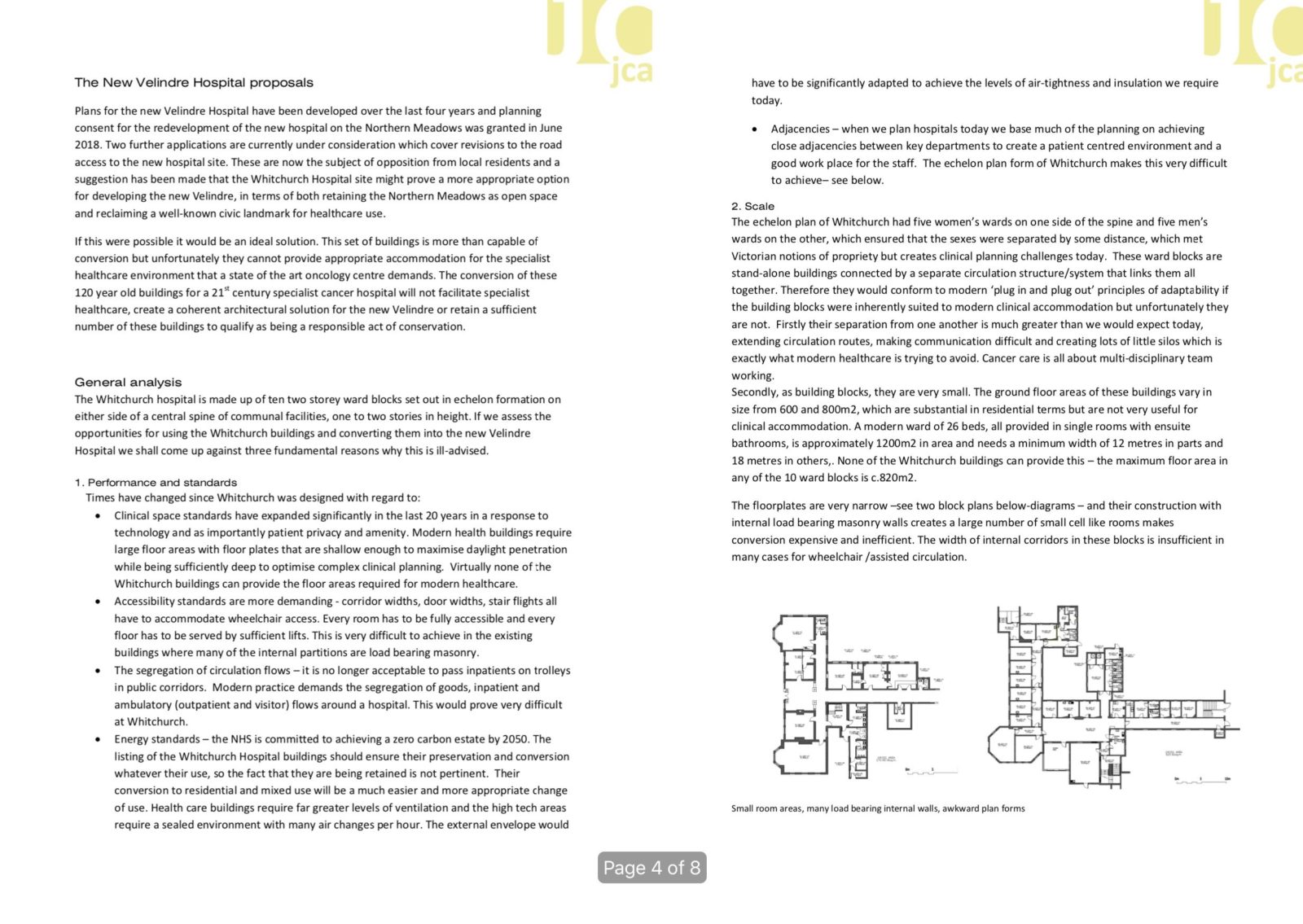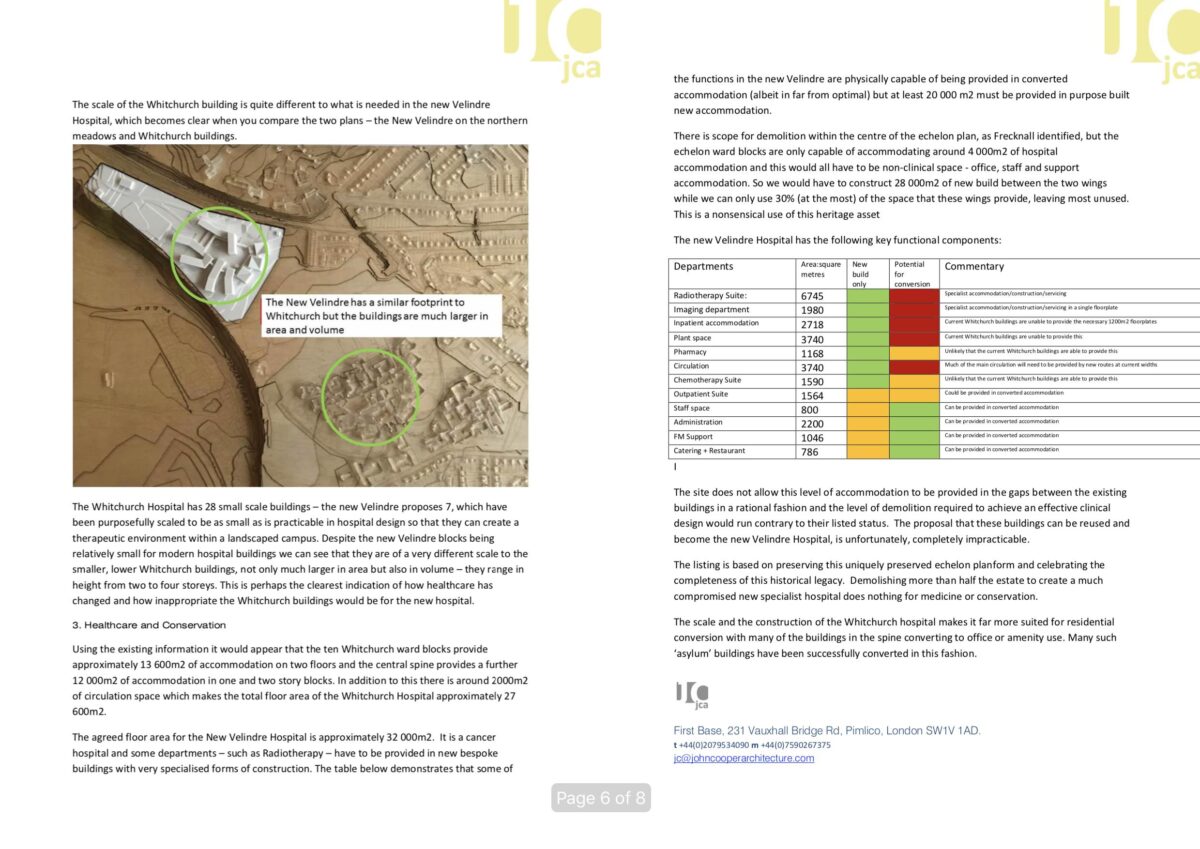Velindre’s Response to Dr Ashley Roberts Open Letter
Many constituents wrote to me asking for a response to the open letter. I raised this directly with Velindre who responded as follows:
Please can we have a written response to Dr Ashley Roberts’ letter and the points raised, in particular your response to the new Clatterbridge hospital’s design in Liverpool?
Velindre provides a regional service, supporting patients from across south east Wales. Our staff already work closely with, and on, a number of acute hospital sites and will do so more in future.
The new Velindre Cancer Centre is part of a programme to transform cancer services across the region. Our aim is to treat more people, help people live longer with cancer and care for more people closer to home.
Despite treating more people closer to home, there’s still a growing need for a centre where patients receive specialist services such as radiotherapy and chemotherapy.
The clinical model developed with partners and patients is based on a more integrated non-surgical oncology service across south east Wales with more care (planned and acute) being delivered in acute hospitals, more care being delivered at home and in the community and the development of a specialist Velindre Cancer Centre.
Our plans for providing specialist, non-surgical cancer services for people across south east Wales have the support of health board clinicians, our staff and patients.
As a result, the business case for the new Velindre Cancer Centre was approved by health boards across South Wales as well as the Velindre University NHS Trust Board. All have been extensively involved in reviewing options and the development of our plans which, themselves, have been subject to regular independent scrutiny and review.
Outline planning for a new Velindre Cancer Centre was approved in 2018.
Our approach, based on a more integrated care model with the development of Velindre units in other hospitals to support planned and acute care, has also been subject to regular scrutiny and independent review.
The clinical lead in an external review of the project, carried out in 2017, was Dr Jane Barrett OBE, an eminent UK clinical oncologist and past President of the Royal College of Radiologists.
In addition, we also established a Clinical Advisory Group which had senior clinical representation from health boards and from the Wales Cancer Network. The remit of this group was to ensure that the service model was clinically robust and to provide multi-disciplinary and organisational advice and challenge to the Trust.
The new cancer centre in Whitchurch will be ideally located to provide specialist cancer services to patients whether they are travelling from Bridgend, Barry, Brecon or Chepstow.
We treat tens of thousands of patients at the cancer centre every year and fewer than thirty patients a year on average need an unplanned emergency transfer.
Of these thirty patients, fewer than ten patients a year are critically unwell and have access to the Emergency Medical Retrieval and Transfer Service (EMRTs) who can assess and transfer these unwell patients to the University Hospital of Wales (UHW). UHW is less than three miles away and can be reached within minutes.
We are also working with all our health board partners to look at a more integrated regional approach to acute oncology through the Regional Commissioning Partnership Board. This will mean patients being admitted and cared for at the appropriate acute hospital unit in south east Wales based on clinical need.
Providing world leading cancer treatment and research to the people of Wales is central to our plans. Velindre already has active research programmes and we work closely with more than one university. We have developed a Memorandum of Understanding to further develop a more collaborative approach to cancer research with Cardiff University.
We plan to develop our research programmes further in the new cancer centre where we’ll have a Centre for Learning.
Training is also crucial to develop the cancer workforce of tomorrow. Velindre has an excellent reputation for training, recruits well to posts and has recently invested in additional training posts for doctors which have now been filled. The new specialist cancer centre and the development of closer working links with colleagues across the region will further enhance our training, enabling us to attract and train the very best workforce.
COVID-19 reinforces the case for a new Velindre Cancer Centre and, in particular, the need to separate patients with COVID-19 from immunocompromised cancer patients. This helps keep them safe and maintains access to essential treatments like chemotherapy and radiotherapy.
With COVID-19 in mind, we are actively reviewing the detailed design of the rooms and space we need in the new Velindre Cancer Centre. The new building will comply with the infection prevention and control principles that have been so important during the pandemic.
Velindre is ideally located to support patients across south east Wales – a different geographical and population challenge to the one that was faced by Liverpool’s Clatterbridge Cancer Centre. Clatterbridge’s Wirral base was neither central to its catchment nor close to where most of its patients lived.
The Velindre Cancer Centre is also very different to Mount Vernon in terms of geography, population and workforce challenges as well as collaborative working arrangements, particularly with the large University Teaching Hospital just a few miles away.
Velindre has not faced the same challenges regarding recruitment and retention of staff and the resulting impact on training. Our network of services with the three health boards in south east Wales gives us a strong regional focus for our services.
Crucially, the way we provide services has the support of our patients. They consistently report high levels of satisfaction with their care which are unsurpassed across the UK.
Patients have also been involved with, and support, our proposals for the new cancer centre.
Finally, there’s a practical consideration. It’s taken nearly ten years to get to where we are today. There’s no space big enough on another hospital site where we could plan, build and move in by 2024 – the timescale for the northern meadows site.
We will continue to actively engage with our patients, our staff and our external partners as we refine the future clinical service to ensure that we continue to deliver modern day oncology requirements.
Whitchurch Hospital Site
Many constituents have asked for the rationale behind Velindre’s statement that Whitchurch Hospital site is not a suitable location. Velindre maintains the reasoning outlined in an Architectural report which I have published below for your information.




